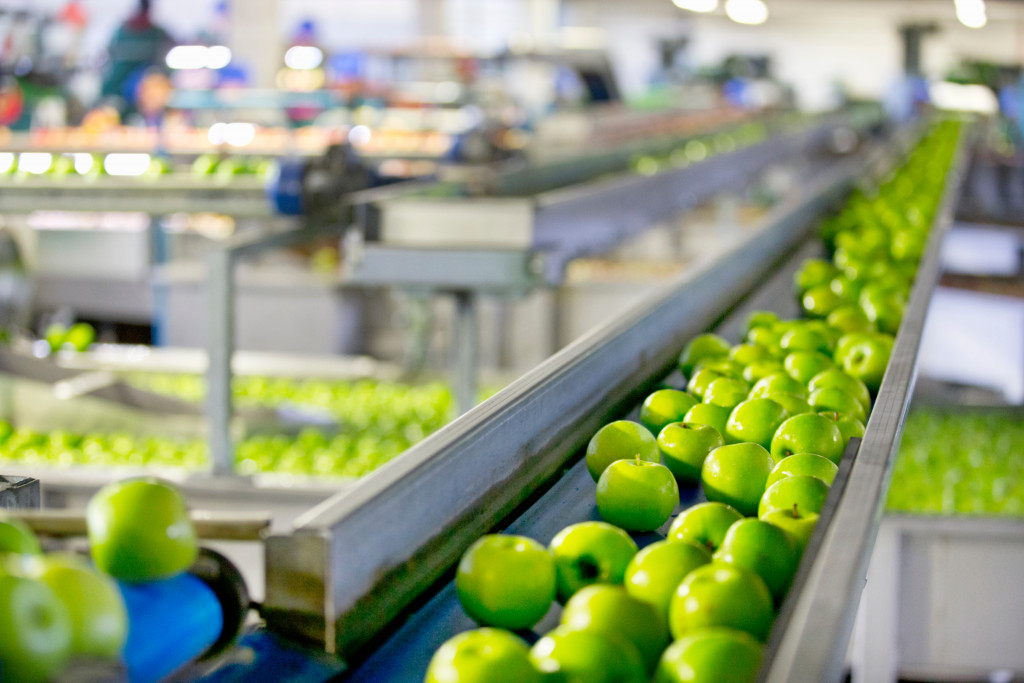As a business owner, you know that waste minimization is essential to your bottom line. The less waste your company produces, the lower your production costs will be. But how do you achieve waste minimization in your manufacturing process?
Fortunately, there are several ways to minimize waste in your production process. Some of the most effective methods are as follows:
Implement an Automated System
Automating your manufacturing process can help you minimize waste in several ways. Automated systems help track inventory, schedule production, and track waste. By automating these processes, you can reduce the amount of waste produced. Additionally, automated systems can help to optimize production, resulting in less waste overall.
There are a variety of automated systems available, and the best one for your needs will depend on your production specifications. Sensor-based inventory management is an example of an automated system that can be used for waste minimization. This system, such as the one offered by leading companies like Sensors Incorporated (https://sensorsincorporated.com/), uses sensors to track inventory levels and production schedules. Doing so helps you avoid overproduction, which can lead to waste. As a result, implementing an automated system is a great way to reduce waste in your production.
Lean Manufacturing
As any business owner knows, waste is a significant problem in any production process. Not only does it add to the cost of production, but it can also lead to delays and ultimately cause customers to go elsewhere. Lean manufacturing is a methodology that focuses on maximizing value while minimizing waste.
The fundamental principles of lean manufacturing are simple: identify what is valuable to the customer and eliminate anything that does not contribute to that value. By following these principles, businesses can streamline their production processes and save significantly. In addition, lean manufacturing can help improve quality and reduce cycle times, which are essential for maintaining a competitive edge. As a result, adopting lean manufacturing principles is crucial for any business that wants to minimize waste and improve its bottom line.
Kaizen Events
You can use Kaizen events to minimize waste in your production. A Kaizen event is a structured process that helps you identify and eliminate waste in your production process. The first step is to identify the value stream, which is the sequence of activities necessary to produce a product or service. Next, you need to identify the specific waste in the value stream activity. Once you have identified the waste, you can develop plans to eliminate it.
One common way to eliminate waste is by simplifying or streamlining the production process. Another way to eliminate waste is by removing unnecessary steps in the production process. You can improve quality, reduce costs, and improve efficiency by eliminating waste in your production process.
Six Sigma
Six Sigma is a methodology that focuses on identifying and eliminating defects in a product or process. Six Sigma aims to reduce defects to less than 3.4 defects per million opportunities (DPMO). This means that if you have a production process with one million options for defects, Six Sigma can help you to reduce the number of defects to just 3.4. In order to implement Six Sigma in your business, you will need to train your employees in the methodology and use data analytics to track and improve performance. However, the investment will be worth it, as Six Sigma can help you to minimize waste, improve quality, and increase profits.
Just-in-time Manufacturing (JIT)
JIT manufacturing is a methodology that focuses on reducing inventory levels by producing what is needed when it is required. JIT is a production strategy designed to eliminate waste by providing suitable materials at the right time and in quantity. By only manufacturing what is needed when it is required, JIT reduces or eliminates the need for inventory, storage space, and other resources associated with traditional manufacturing methods. In addition, JIT can help to improve quality by reducing the opportunity for errors and defects. As a result, JIT is an appealing option for manufacturers looking to streamline their production process and reduce waste.
Subcontracting Services/Components
When you’re running a production line, the last thing you want is for there to be any delays. One way to help keep your production line moving smoothly is to subcontract services or components prone to waste. This way, you can minimize the amount of waste that occurs in your production process. Not only does this help to keep your production line moving smoothly, but it also helps to reduce costs and improve efficiency.
In addition, subcontracting can help to improve the quality of your final product. By working with a reputable subcontractor, you can be sure that the services or components they provide meet your high standards. As a result, effective subcontracting minimizes waste in your production process and ensures that your final product is of the highest quality.
There are a number of ways to achieve waste minimization in your manufacturing process. The most effective methods are implementing an automated system, conducting kaizen events, and using just-in-time manufacturing. Utilizing one or more of these methods can reduce production costs, improve quality, and increase profitability.


